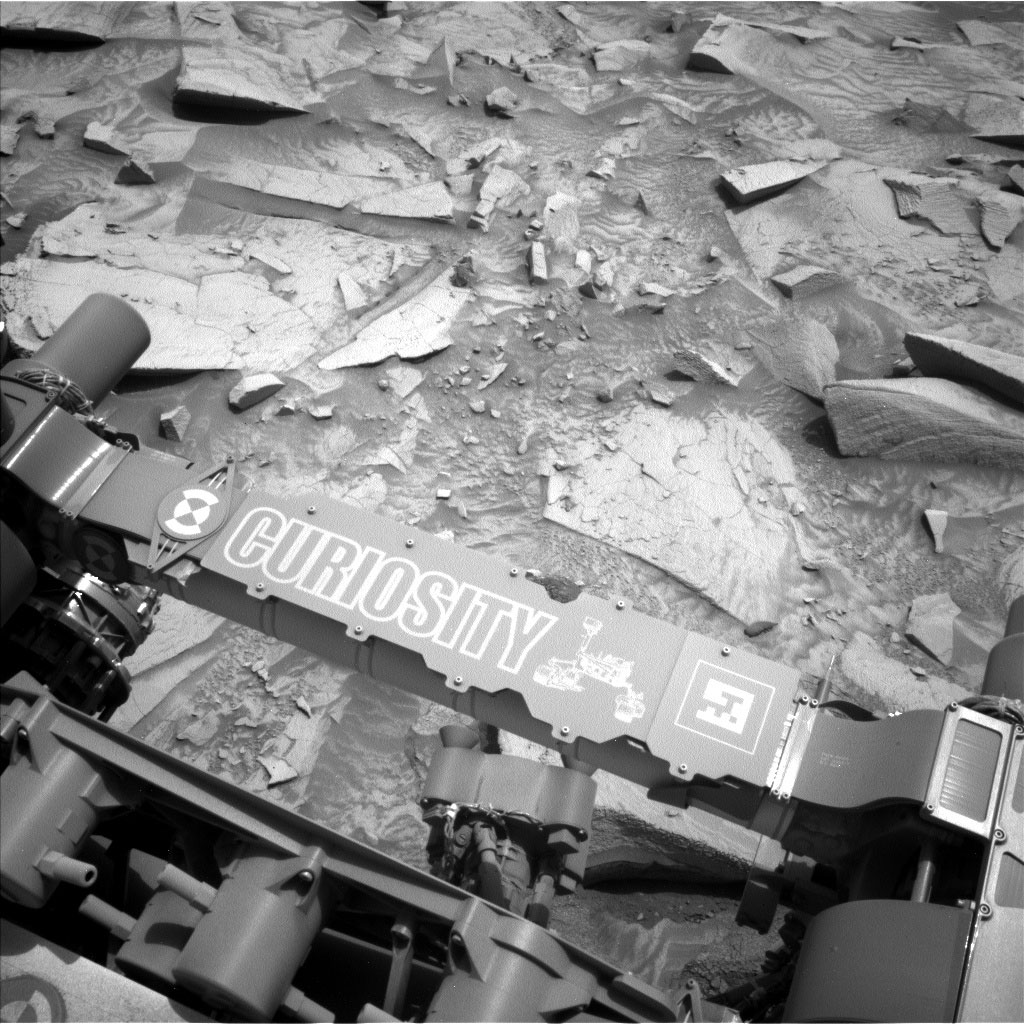2 min read
Sols 4191-4192: Communication 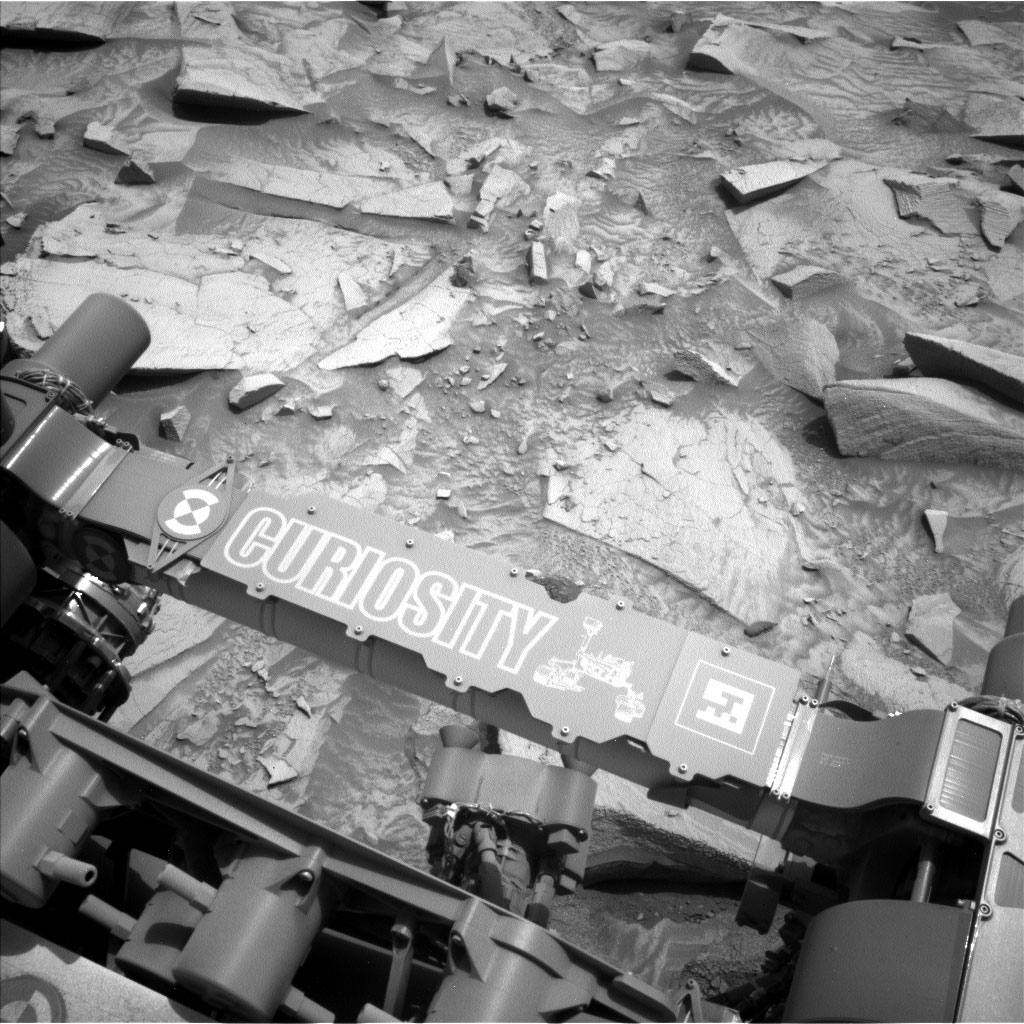 This image was taken by Left Navigation Camera onboard NASA’s Mars rover Curiosity on Sol 4190 (2024-05-20 07:37:47 UTC). NASA/JPL-Caltech Earth planning date: Monday, May 20, 2024
This image was taken by Left Navigation Camera onboard NASA’s Mars rover Curiosity on Sol 4190 (2024-05-20 07:37:47 UTC). NASA/JPL-Caltech Earth planning date: Monday, May 20, 2024
A number of national holidays are taking place around the world this week and next, unofficially marking the start of summer for residents of the northern hemisphere. Holidays and extended weekends are seen as a time to catch up with family and friends, often centered around food and meaningful conversation. As a Canadian, my family, friends, and several of my Curiosity colleagues back in Canada may be doing exactly that for Victoria Day right now as I write today’s blog from St. Louis Missouri, where I am currently engulfed by the steady and deafening drone of a double brood of both 13-year and 17-year periodical cicadas communicating with each other, something that hasn’t happened since 1803.
While Curiosity may not know a holiday, it too is transitioning to summer, with perihelion only just recently passed and (southern) summer solstice a mere couple weeks ahead. Curiosity’s operations are not only supported by a number of team members located all over the world, but also by multiple spacecraft orbiting Mars (as well as their respective teams). These orbital assets provide vital communication relays, primarily from Mars to Earth.
It was a pretty standard Monday plan for our intrepid rover, with the science team electing to utilize the rover’s contact science instruments before a drive in the first sol of a two-sol plan. Activities focused primarily on the “Pine Creek” target, located roughly in the center of the prominent bedrock block just above the aptly designed QR code on Curiosity’s arm. Post-brush compositional analyses by APXS and ChemCam were complemented by images acquired by MAHLI and Mastcam. Prior to a ~30 m dogleg drive, Mastcam also acquired images of “Fairview Dome,” “Pika Lake,” “Whitebark Pass,” and “Wilkerson Butte.” A lengthy DAN passive activity also featured prominently on the first sol. The second sol of the plan included ChemCam AEGIS, a Navcam suprahorizon movie, and SAM cleaning activity following up its atmospheric analysis over the weekend.
Written by Scott VanBommel, Planetary Scientist at Washington University
Details Last Updated May 22, 2024 Related Terms Blogs
Keep Exploring Discover More Topics From NASA Mars
Mars is no place for the faint-hearted. It’s dry, rocky, and bitter cold. The fourth planet from the Sun, Mars…


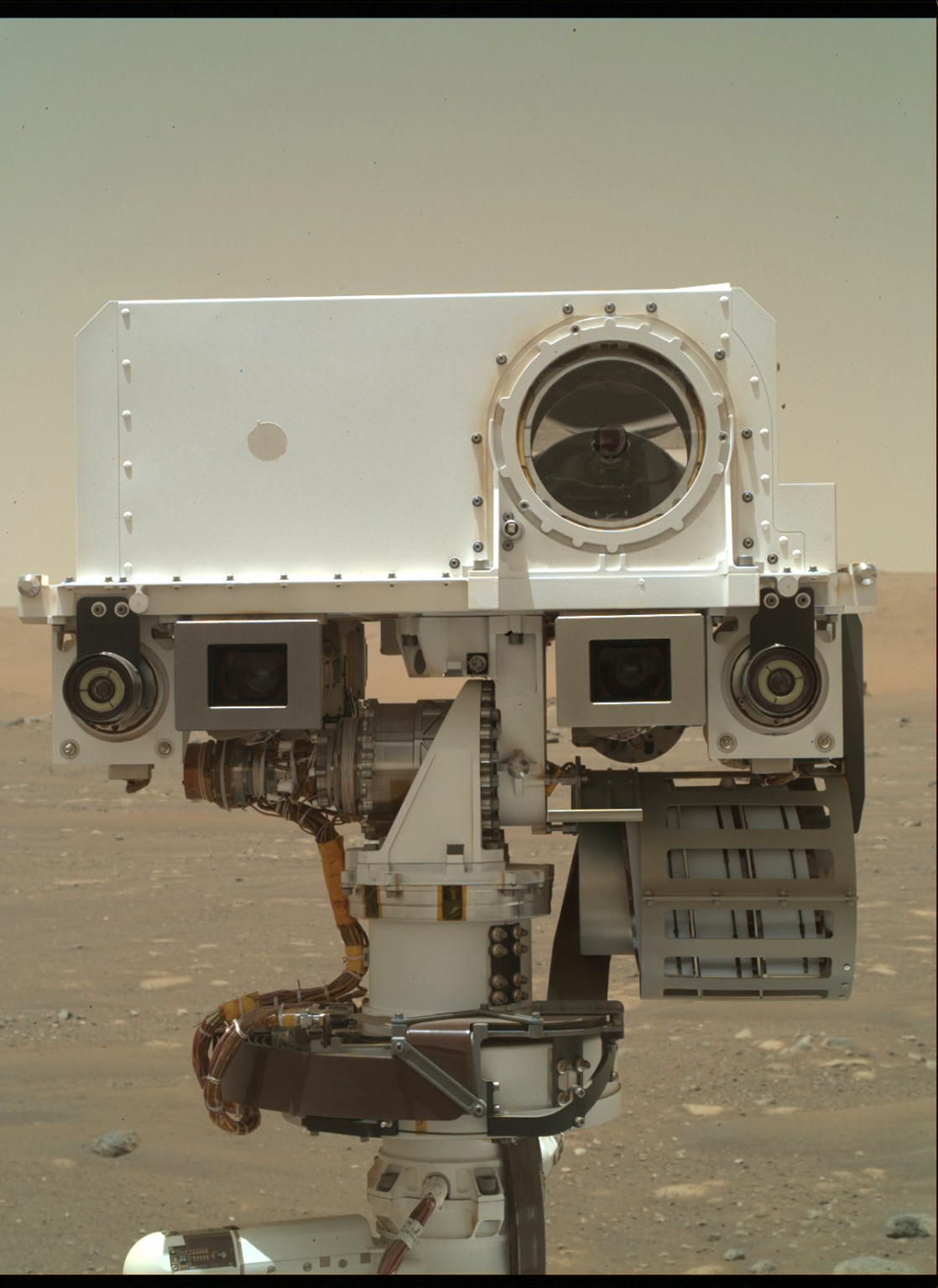
Mars Exploration Science Goals


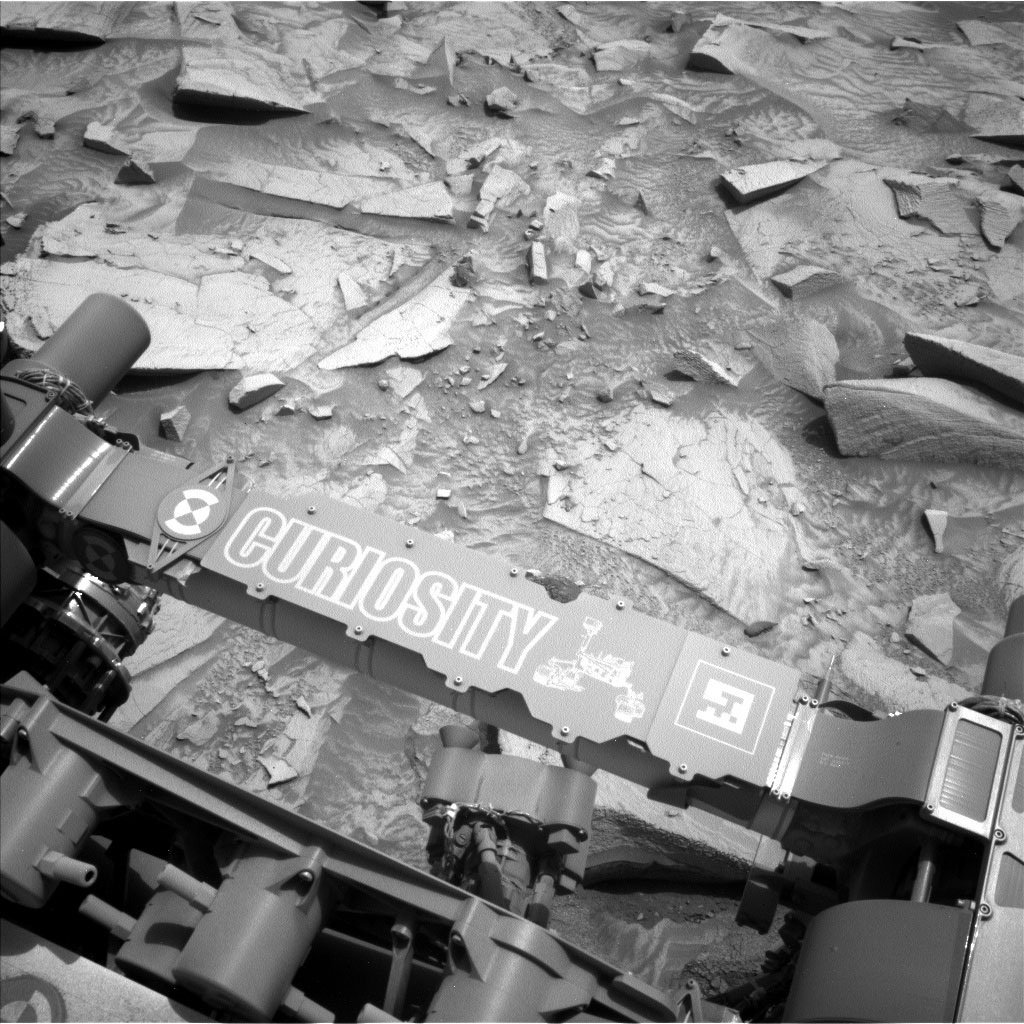
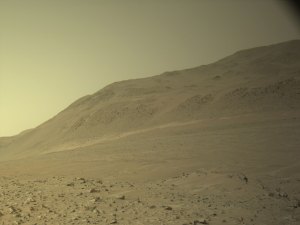 2 min read Sols 1151-1152: Rocky Roads in the Margin Unit
2 min read Sols 1151-1152: Rocky Roads in the Margin Unit
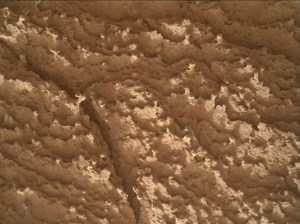 4 min read Sols 4188-4190: Aurora Watch on Mars
4 min read Sols 4188-4190: Aurora Watch on Mars
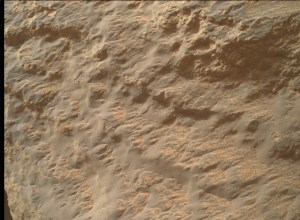 3 min read Sols 4186-4188: Almost there…
3 min read Sols 4186-4188: Almost there…
